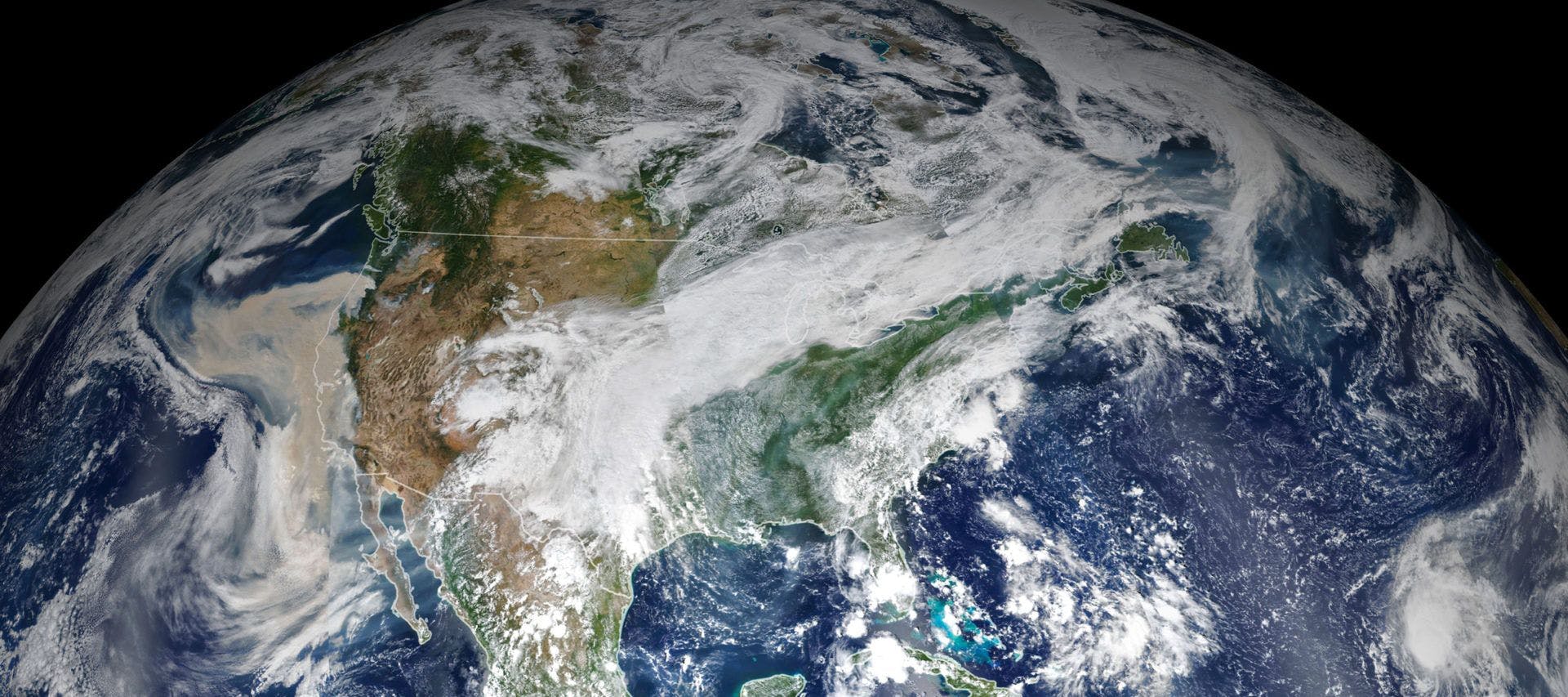
Any time you walk outside, satellites may be watching you from space. There are currently more than 8,000 active satellites in orbit, including over a thousand designed to observe the Earth.
Satellite technology has come a long way since its secretive inception during the Cold War, when a country’s ability to successfully operate satellites meant not only that it was capable of launching rockets into Earth orbit but that it had eyes in the sky. Today not only governments across the world but private enterprises too launch satellites, collect and analyze satellite imagery, and sell it to a range of customers, from government agencies to the person on the street. SpaceX’s Starlink satellites bring the Internet to places where conventional coverage is spotty or compromised. Satellite data allows the United States to track rogue ships and North Korean missile launches, while scientists track wildfires, floods, and changes in forest cover.
The industry’s biggest technical challenge, aside from acquiring the satellite imagery itself, has always been to analyze and interpret it. This is why new AI tools are set to drastically change how satellite imagery is used — and who uses it. For instance, Meta’s Segment Anything Model, a machine-learning tool designed to “cut out” discrete objects from images, is proving highly effective at identifying objects in satellite images.